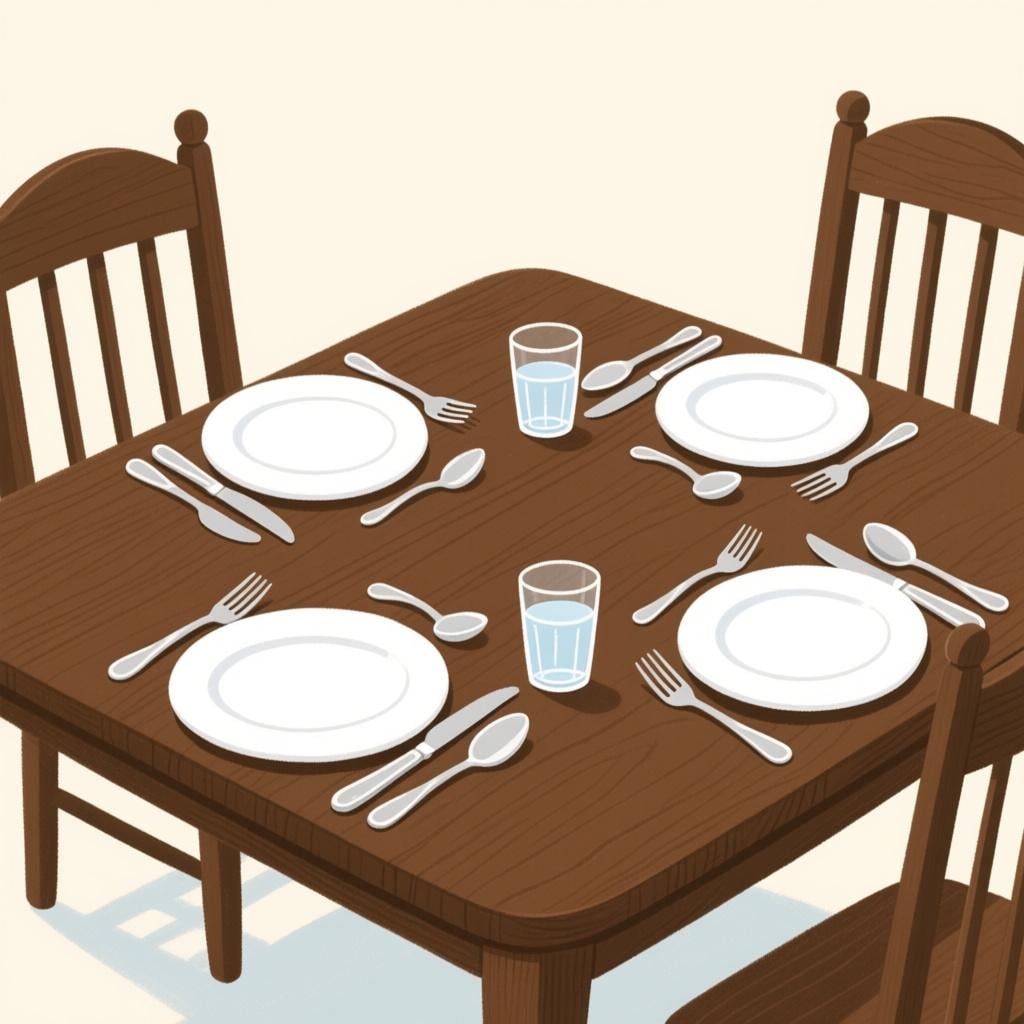puesto
/PWES-toh/
job

Puesto (noun) can refer to a market stall or stand, particularly one selling goods like fresh fruit.
puesto(Noun)
job
?employment, position
,position
?role in a company
stall
?in a market
,stand
?like a food stand or newsstand
,post
?a specific place or position, like a military post
📝 In Action
Tengo un nuevo puesto en la oficina.
B1I have a new job/position at the office.
Compramos frutas frescas en un puesto del mercado.
A2We bought fresh fruit at a stall in the market.
El soldado no puede abandonar su puesto.
B2The soldier cannot leave his post.
⭐ Usage Tips
One Word, Two Key Meanings
Remember that 'puesto' can be both a job and a physical stall. The context of the sentence—whether you're talking about a company or a market—will tell you which one it is.

Puesto/a (adjective) describes the state of something being placed or set, such as a table being ready for a meal (la mesa está puesta).
puesto(Adjective)
on
?referring to clothes being worn
,wearing
?describing a person with clothes on
placed
?an object that has been set somewhere
,set
?like a table that is set for dinner
📝 In Action
Ya tienes el abrigo puesto, ¿nos vamos?
B1You already have your coat on, shall we go?
La mesa ya está puesta para la cena.
B1The table is already set for dinner.
Los libros están puestos en el estante.
A2The books are placed on the shelf.
💡 Grammar Points
Making it Match
As an adjective, 'puesto' must match the person or thing it describes. Use 'puesto' for masculine things, 'puesta' for feminine, 'puestos' for masculine plural, and 'puestas' for feminine plural. For example: 'el abrigo puesto' (the coat on), 'la camisa puesta' (the shirt on).
Where it Goes
This adjective usually comes after the thing it's describing, which is a common pattern in Spanish. You'd say 'la gorra puesta' (the cap on), not 'la puesta gorra'.
⭐ Usage Tips
Use with 'Tener' or 'Estar'
You'll often see 'puesto' used with the verbs 'tener' (to have) or 'estar' (to be). 'Tengo la chaqueta puesta' means 'I have the jacket on.' 'La mesa está puesta' means 'The table is set.'

Puesto (past participle of poner) is used to indicate that something has been 'put' or 'placed,' as in 'He puesto las llaves' (I have put the keys).
puesto(Verb (Past Participle))
put
?as in 'I have put'
,placed
?as in 'She had placed'
,set
?as in 'We have set'
📝 In Action
He puesto las llaves sobre la mesa.
A2I have put the keys on the table.
¿Dónde has puesto mi libro?
A2Where have you put my book?
Nunca habíamos puesto un pie en esta ciudad.
B2We had never set foot in this city.
💡 Grammar Points
The 'Have Done' Form
This is the special form of 'poner' (to put) that you use with the helper verb 'haber' (to have) to talk about things that 'have happened.' For example, 'he puesto' means 'I have put'.
It Doesn't Change Here
When used with 'haber' to form a main verb (like in 'he puesto'), 'puesto' always stays the same. It doesn't change for masculine or feminine things.
❌ Common Pitfalls
Irregular vs. Regular
Mistake: "A common mistake is trying to make a regular form, like 'ponido'."
Correction: The verb 'poner' is irregular, so its past participle is always 'puesto'. Just remember: 'poner' -> 'puesto'.
✏️ Quick Practice
💡 Quick Quiz: puesto
Question 1 of 2
In the sentence 'El hombre con la gorra puesta tiene un buen puesto', what does the second 'puesto' mean?
📚 More Resources
Frequently Asked Questions
What's the difference between using 'puesto' with 'estar' versus 'haber'?
Great question! It changes the meaning completely. With 'haber' (e.g., 'he puesto'), it's part of the main verb and means someone 'has put' something. With 'estar' (e.g., 'está puesto'), it acts as an adjective, describing the state of something, meaning it 'is placed' or 'is on'.
How do I know if 'puesto' means 'job' or 'market stall'?
It all comes down to context. If people are talking about careers, companies, or work, 'puesto' means job. If they're talking about a street, a fair, or buying local goods, it almost certainly means a market stall or stand.